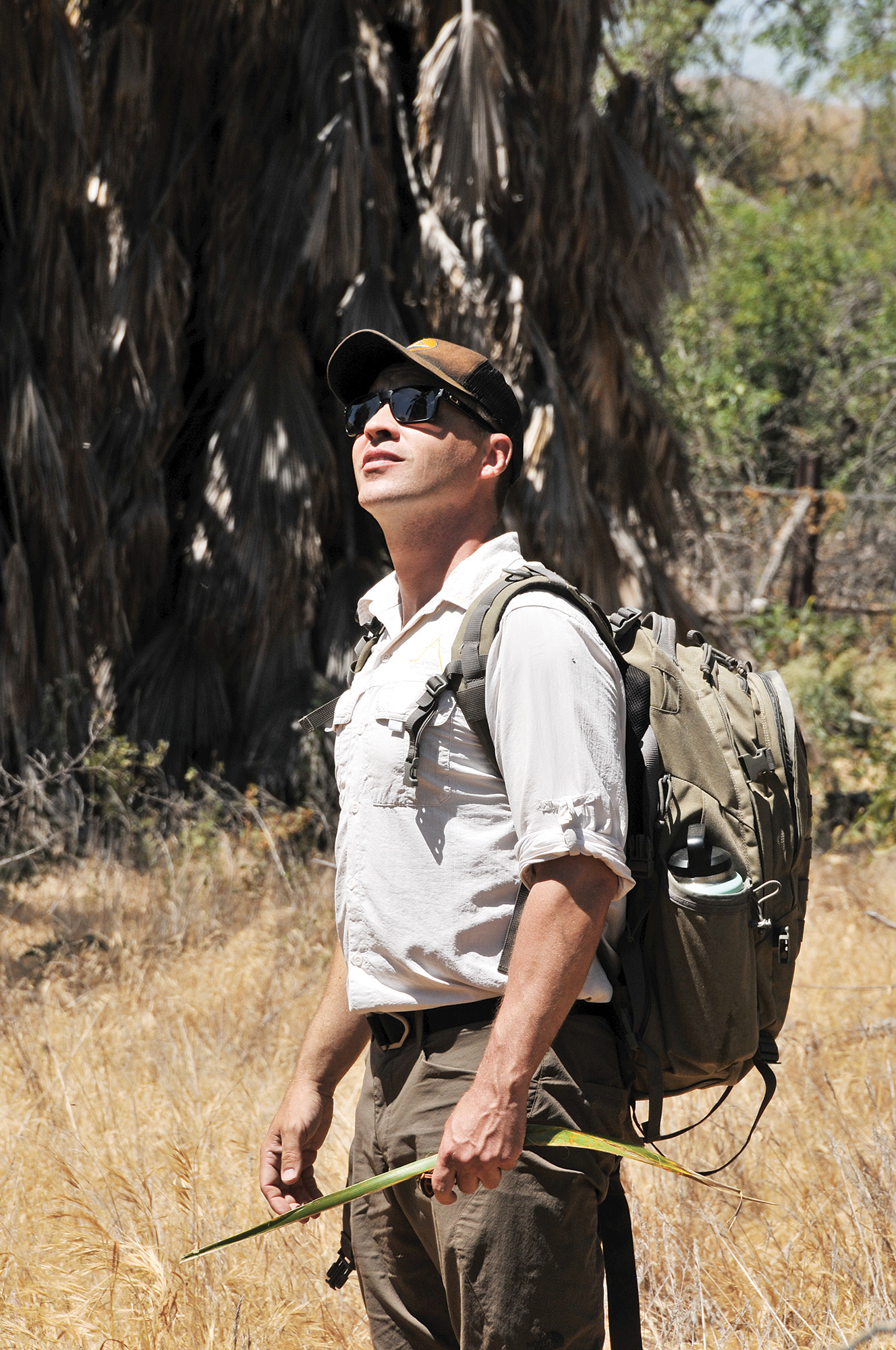
This Man Can Teach You How to Survive in the Wild—Here Are His Essential Tips
Meet the outdoor wilderness instructor training everyone from the U.S. military to urbanites with a penchant for preparedness.

simonkr/Getty Images
Thomas Coyne is the guy you want on your team when things go sideways. The former wildlands firefighter is now an outdoor wilderness instructor and certifier who’s passionate about cultivating a broader safety culture. We spoke with him about the psychology of disaster training, how survival skills can translate into our daily lives, and the number one skill you need when heading out on the trails.

Mark Saint
Why do you feel survival training is imperative for folks, particularly in this day and age?
For me, survival training is all about empowering individuals to serve as their own first responder when help is not available. The modern EMS system in America is based off of a rule called the “golden hour.” This was created by World War I nurses who worked on active battlefields and took incredible notes. We know if we can get you to care within that critical hour, your chances of survival dramatically increase. If you’re outside, you could be a few hours away from the nearest ambulance station. If anything happens out there, it’s up to you to deal with it way beyond the golden hour.
